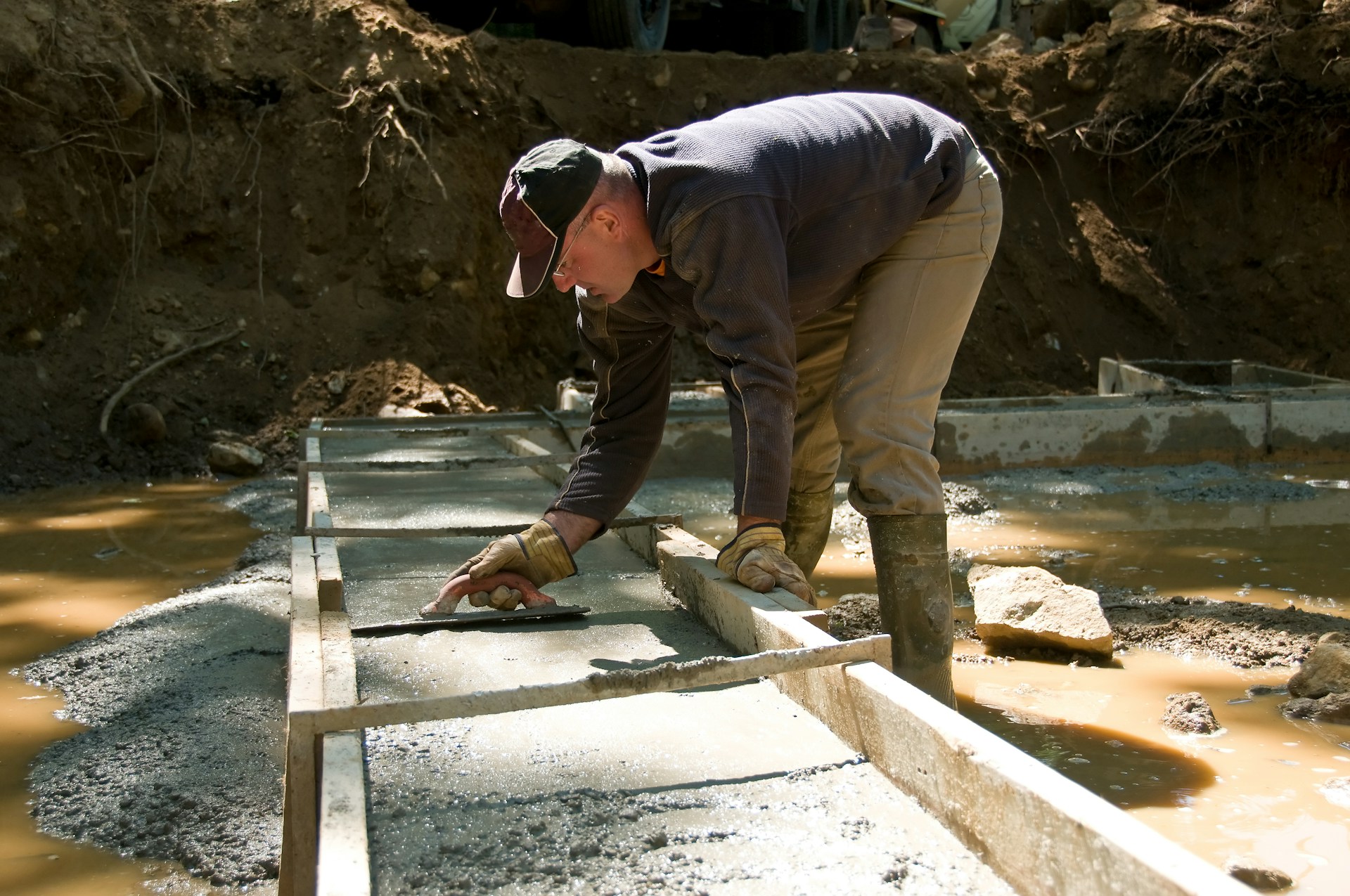Filing a bad faith lawsuit against an insurer in Florida just got easier
BY STEVEN A. MEYEROWITZ, ESQ., DIRECTOR, FC&S LEGAL
This story is reprinted with permission from FC&S Legal, the industry’s only comprehensive digital resource designed for insurance coverage law professionals.
Policyholders expect prompt resolution of their claims by their insurance companies. When the claim is in dispute, the policyholder may believe that the company is acting in bad faith and file a lawsuit. Generally, policyholders have to follow specific procedures and may have to wait until appraisers or adjusters have completed their work before heading to court. But Florida insureds may no longer have to delay, according to a recent state appellate court case.
Proper sinkhole repairs
In 2009, Phillip Landers’ home sustained a loss from suspected sinkhole activity. He submitted a claim to his insurer, State Farm Florida Insurance Company. State Farm hired SDII Global Corporation to conduct a subsidence investigation. SDII verified that sinkhole activity was the cause of the damage, and State Farm admitted coverage.
SDll initially concluded that 975 cubic yards of grout needed to be injected into 49 holes around the home’s perimeter. SDII did not recommend underpinning. After considering the report of a neutral evaluator from the Florida Department of Financial Services as required by state law, SDII amended its report to require an additional 15 grout injection points. The cost of this remediation was estimated at approximately $350,000.
Landers obtained an independent opinion from Biller Reinhart Structural Group. In Reinhart’s opinion, proper stabilization required underpinning. Reinhart’s cost of remediation was close to $1 million.
State Farm provided Reinhart’s report for review by the neutral evaluator. The neutral evaluator concluded that underpinning was unwarranted.
State Farm demanded appraisal under the policy to resolve the parties’ disagreement over the amount of the loss. Landers agreed, pursuant to the terms of the State Farm policy, to proceed with SDll’s recommended repair plan, despite his belief that the repairs were inadequate. State Farm placed its appraisal demand on hold while the stabilization repairs were made. After the repairs were completed in September 2011, State Farm requested appraisal of the cosmetic damage to the home.
Landers said that his home continued to experience damage after repairs were completed, and he hired Sonny Gulati, a geotechnical engineer, to examine the property. In January 2012, while Gulati’s report was pending, Landers filed a civil remedy notice (CRN), alleging, among other things, claim delay, failure to promptly and properly investigate the claim, failure to adjust the loss and failure to tender policy limits.
Landers contended that although the repairs had been completed pursuant to State Farm’s expert’s recommendation, his home remained unlivable. He demanded the immediate tender of “the policy limits for dwelling … of $1,026,500.00 minus any prior payments that have been made to the insured … so that [Landers] may adequately complete the repairs [he] has started to [his] home.”
In response, State Farm requested that all issues be submitted to appraisal.





